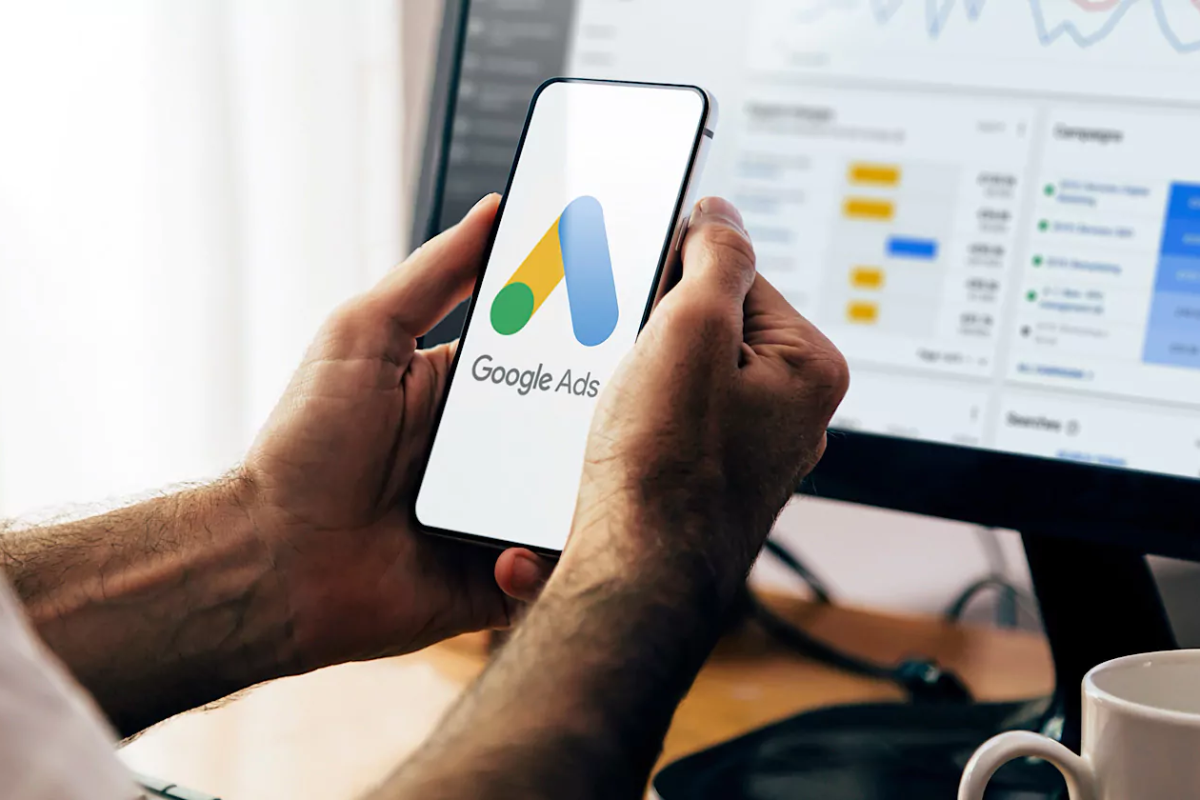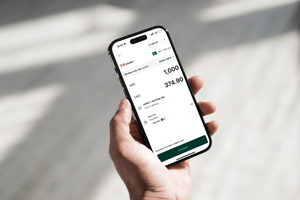In today's ever-evolving business world, making your brand stand out can feel like an uphill battle. But what if you could effortlessly get your brand in front of people who are already looking for what you offer? That's where online advertising comes in—a game-changing tool that can propel your business to new heights.
With Google Ads, you can reach millions of potential customers, not just driving clicks, but fostering meaningful engagement and conversions. This article explores the many benefits of online advertising, especially how Google Ads can revolutionize your marketing strategy and help your business flourish in the digital age.
Ready to unlock your brand's full potential? Let's dive in!
Online Advertising
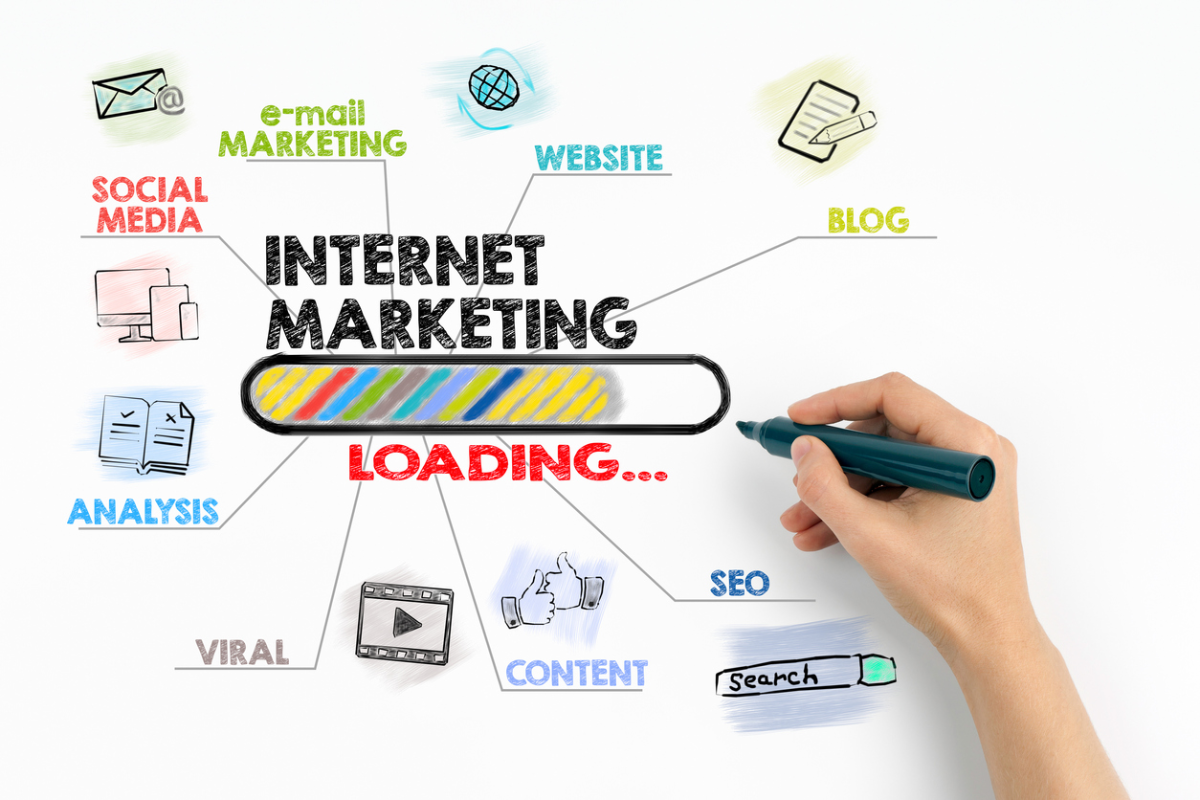
Online advertising encompasses a wide range of digital marketing strategies, from social media ads to search engine marketing. The primary objective is to reach your target audience where they spend a significant amount of their time—online. Platforms such as Google, Facebook, Instagram, and LinkedIn offer robust advertising options that cater to different business needs and goals.
Types of Online Advertising
- Search Engine Advertising: This involves placing ads on search engines like Google. Ads appear when users search for specific keywords, making it highly targeted. Google Ads operates on a pay-per-click (PPC) model, ensuring you only pay when someone clicks on your ad.
- Social Media Advertising: Platforms like Facebook, Instagram, LinkedIn, and Twitter offer diverse ad formats. These platforms use sophisticated targeting options based on user demographics, interests, and behaviors.
- Display Advertising: These are banner ads that appear on various websites, targeting users based on their browsing habits and interests.
- Video Advertising: Platforms like YouTube allow businesses to run video ads that can reach a vast audience, enhancing engagement through visual content.
Benefits of Online Advertising
- Cost-Effectiveness
Online advertising is often more cost-effective than traditional advertising methods. With options like PPC, you control your budget and only pay for actual interactions, ensuring a higher return on investment (ROI). Digital marketing allows even small businesses to compete with larger companies by reaching a targeted audience without exorbitant costs.
- Measurable Results
One of the standout advantages of online advertising is the ability to measure performance in real time. Tools like Google Analytics and Facebook Insights provide detailed metrics on ad impressions, click-through rates (CTR), and conversions. This data-driven approach enables businesses to adjust their strategies promptly, optimizing for better results.
- Targeted Advertising
Online platforms offer advanced targeting capabilities, allowing you to reach specific demographics, geographic locations, and user interests. For instance, Google Ads uses keyword targeting, while social media platforms leverage user data to show your ads to the most relevant audience.
- Increased Brand Awareness
Consistent online advertising helps in building and maintaining brand awareness. By appearing regularly in search results and social media feeds, your brand stays top-of-mind for potential customers. This omnipresence enhances brand recognition and recall, crucial for long-term business success.
- Flexibility and Speed
Digital marketing campaigns can be quickly adjusted based on performance data. If a particular ad isn't performing well, you can modify or halt it instantly, saving resources. This flexibility allows for rapid experimentation and optimization, ensuring your marketing efforts remain effective.
- Global Reach
The internet has no geographical boundaries. Online advertising enables businesses to reach a global audience, expanding their market far beyond local limitations. This global reach is particularly beneficial for e-commerce businesses looking to grow their customer base.
- Enhanced Engagement
Platforms like Instagram and YouTube offer interactive ad formats that engage users more effectively than traditional ads. Video ads, stories, and carousel ads encourage user interaction, fostering a deeper connection with the audience.
Google Ads – A Powerful Tool for Businesses
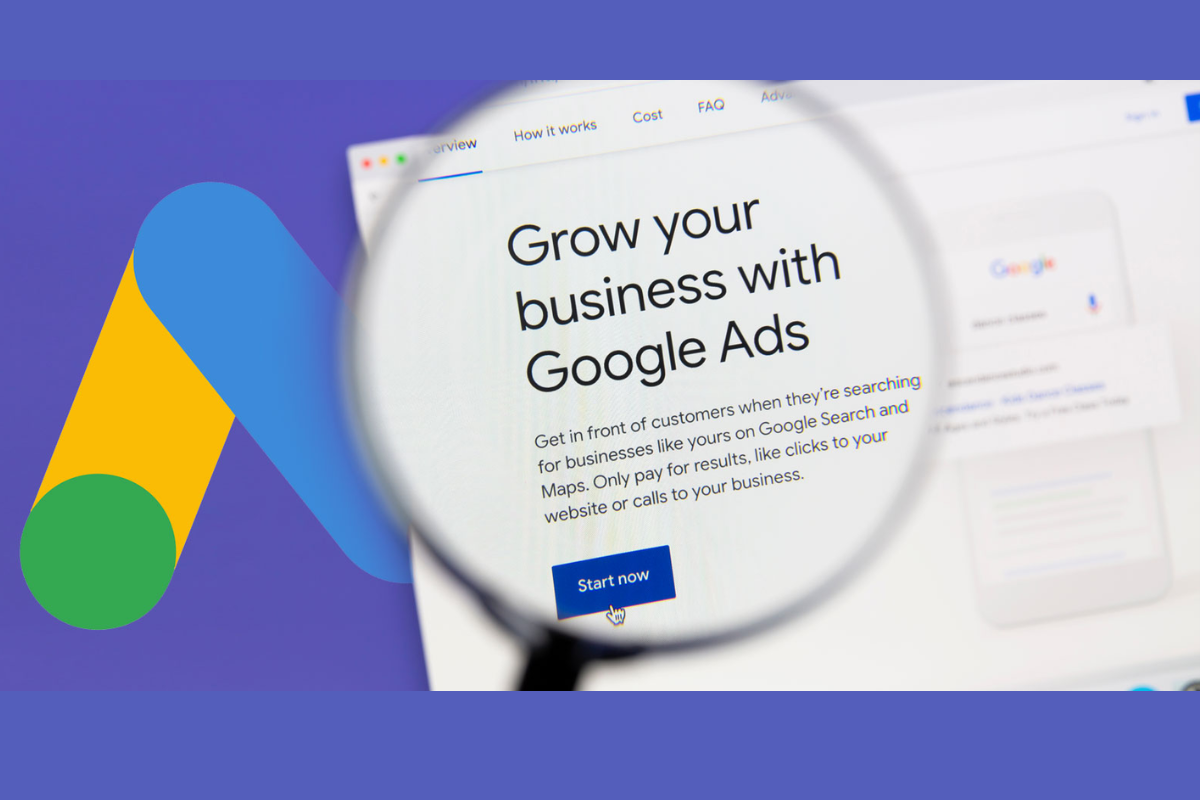
How Google Ads Works?
Google Ads operates on an auction-based system where advertisers bid on keywords relevant to their business. Here's a more detailed breakdown of the process:
- Advertisers select keywords that they believe potential customers might use to find their products or services. Each keyword has a bid, which is the maximum amount an advertiser is willing to pay for a click on their ad.
- When a user performs a search on Google, an auction takes place to determine which ads will appear for that specific search query. The auction considers the bid amount and the quality score of each ad.
- This score is based on the ad's relevance to the keyword, the quality of the landing page, and the expected click-through rate (CTR). Higher Quality Scores can lead to lower costs and better ad placements.
- The actual cost-per-click (CPC) is determined by the second-highest bid. This means that the highest bidder does not necessarily pay their full bid amount but just enough to outbid the competition.
- Ads with higher bids and quality scores are more likely to appear in top positions on the search results page. This ensures that the most relevant and quality ads are shown to users.
Understanding Google Ads Metrics

Tracking the success of your Google Ads campaigns involves monitoring a variety of key metrics. These metrics help you understand how well your ads are performing and where you might need to make adjustments. Here are some essential Google Ads metrics to keep an eye on:
- Click-Through Rate (CTR)
The ratio of users who click on your ad to the number of total users who view the ad (impressions).
Importance: A high CTR indicates that your ad is relevant and appealing to the audience. It’s a good measure of how well your ad copy and keywords are performing.
- Conversion Rate
The percentage of users who complete a desired action (e.g., making a purchase, or signing up for a newsletter) after clicking on your ad.
Importance: This metric shows how effective your ad is at driving users to take specific actions that are valuable to your business.
- Cost Per Click (CPC)
The amount you pay each time someone clicks on your ad.
Importance: Understanding your CPC helps you manage your budget and determine how cost-effective your ads are.
- Cost Per Acquisition (CPA)
The amount you pay for each conversion or acquisition (e.g., sale, lead).
Importance: CPA helps you understand how much you’re spending to acquire a customer, which is crucial for measuring the profitability of your campaigns.
- Return on Ad Spend (ROAS)
The revenue generated for every dollar spent on advertising.
Importance: ROAS is a critical metric for assessing the overall effectiveness and profitability of your ad campaigns.
- Impressions
The number of times your ad is displayed to users.
Importance: Impressions measure the reach of your ad and help you understand how many potential customers are seeing it.
- Quality Score
A metric used by Google Ads to measure the relevance and quality of your keywords and ads.
Importance: A higher Quality Score can lead to lower costs and better ad placements. It’s based on the relevance of your ad text, the quality of your landing page, and your CTR.
Benefits of Google Ads
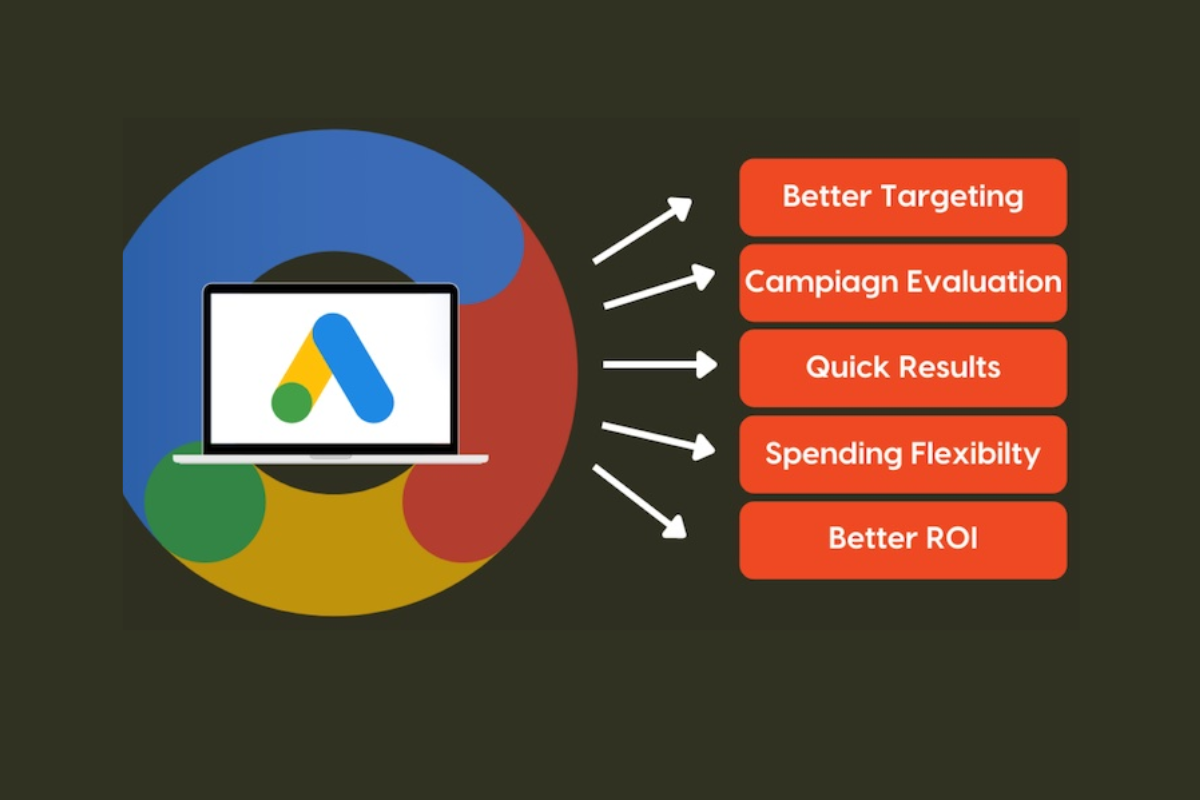
- High Intent Targeting
Google Ads targets users who are actively searching for specific products or services, indicating a high intent to purchase. This increases the likelihood of conversions.
Example: A user searching for "best running shoes" is likely in the market to buy running shoes soon. An ad for a shoe retailer appearing in this search has a high chance of resulting in a sale.
- Ad Extensions
Google Ads provides various extensions to make ads more informative and engaging. These include call buttons, location information, site links, and more. This offers several extensions to enhance your ads' effectiveness. Call Extensions allow users to call your business directly from the ad, while Location Extensions display your address and directions. Sitelink Extensions provides links to various pages on your website, and Callout Extensions highlights special offers like "Free shipping." These extensions make your ads more informative and engaging.
Benefit: These extensions provide more information and options to users, increasing the likelihood of engagement and conversion.
- Local Advertising
Google Ads allows businesses to target ads to specific geographic locations, which is particularly useful for local businesses aiming to attract nearby customers.
Example: A restaurant can target ads to users searching for "restaurants near me" within a 5-mile radius of its location.
- Measurable Results
Google Ads provides detailed metrics on ad performance, such as click-through rates (CTR), conversion rates, and cost-per-click (CPC). This allows businesses to track and measure the effectiveness of their campaigns.
Benefit: Real-time data enables businesses to make informed decisions and optimize their ad campaigns for better results.
- Cost Control
With Google Ads, businesses have full control over their budgets. You can set daily budgets and maximum bids, ensuring you never spend more than planned.
Benefit: This flexibility allows businesses of all sizes to advertise within their means and adjust spending based on campaign performance.
- Fast and Flexible
Google Ads campaigns can be set up quickly and adjusted on the fly. If a campaign isn't performing well, you can make changes instantly.
Benefit: This agility helps businesses respond to market changes and optimize their strategies without delay.
- Wide Reach
Google is the most widely used search engine globally. Advertising on Google means reaching a vast audience, including potential customers from around the world.
Benefit: This broad reach is particularly beneficial for e-commerce businesses looking to expand their customer base beyond local markets.
- Competitive Advantage
Effective use of Google Ads can give businesses a competitive edge by prominently displaying their ads in search results, even above organic listings.
Benefit: This visibility can attract more clicks and conversions, helping businesses outperform competitors who rely solely on organic search traffic.
- Audience Targeting
Google Ads allows businesses to target specific audiences based on demographics, interests, and online behaviors. This ensures your ads are seen by the most relevant users.
Benefit: Targeted ads are more likely to engage users and result in conversions, maximizing the return on your advertising investment.
- Remarketing
Google Ads offers remarketing options, allowing businesses to target users who have previously visited their website but did not convert.
Benefit: This helps in re-engaging potential customers and encouraging them to complete their purchase, increasing overall conversion rates.
What is the ROI of Google Ads?
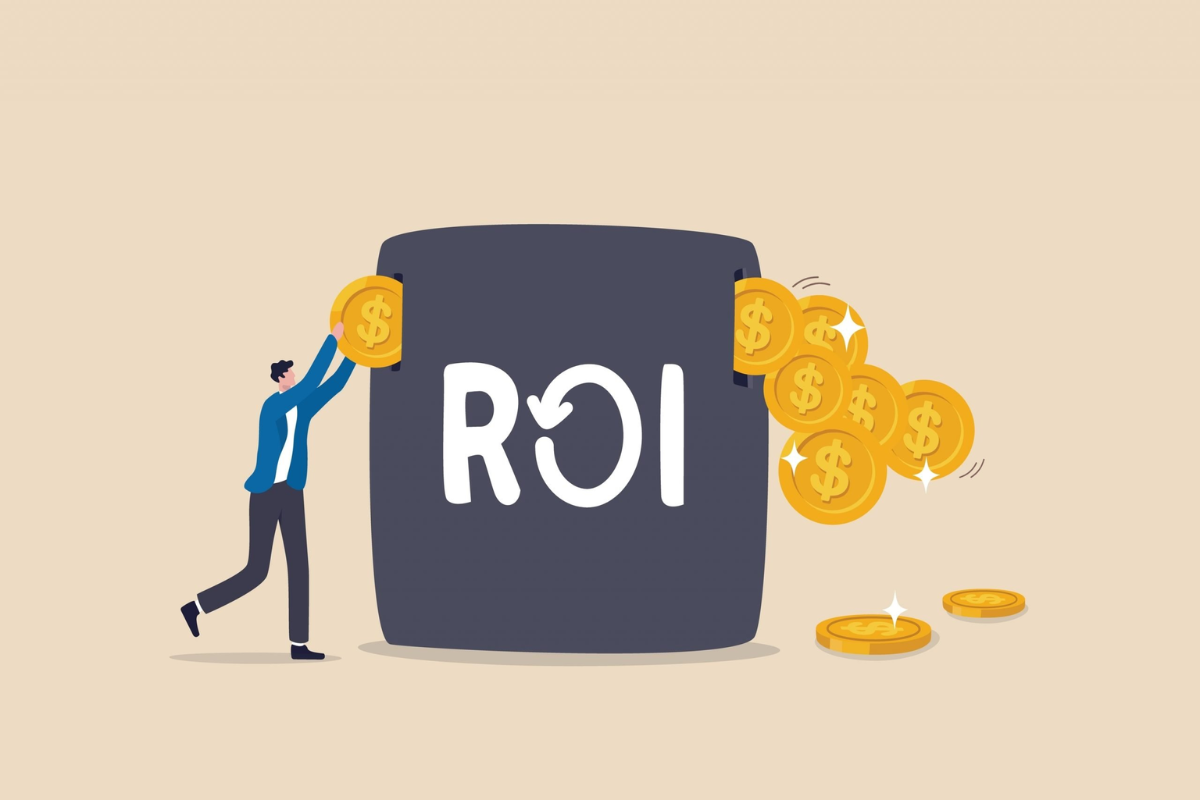
The ROI of Google Ads can be significant when campaigns are well-managed, comparing revenue generated to campaign costs.
- Use precise targeting options like keywords, demographics, and locations to reach the right audience.
- High-quality, relevant ads achieve higher CTR and Quality Scores, lowering CPC and improving positions.
- Effective, matching landing pages boost conversion rates.
- Automated bidding strategies optimize spending for better ROI.
- Regularly review and adjust campaigns based on performance data to improve ROI.
Studies show businesses earn an average of $2 for every $1 spent on Google Ads, with higher returns in some industries. ROI varies, with e-commerce often seeing higher ROI than B2B.
- The average CTR is 3.17% for Google Search Ads.
- Average conversion rates are 2.91% for B2B and 5.59% for B2C.
- Average CPC varies by industry, higher in sectors like legal and consumer services.
To enhance ROI, use Google Keyword Planner to find and update high-performing keywords. Conduct A/B testing on ad copies, headlines, and landing pages. Implement ad extensions like site links and callouts to boost visibility and CTR. Regularly review and adjust bid strategies. Improve ad relevance, CTR, and landing page experience to boost Quality Scores and reduce costs.
Harnessing the power of Google Ads can truly transform your business. By reaching the right people at the right time, you can turn interest into action and visitors into loyal customers. The tools and strategies discussed here are just the beginning. With dedication and smart planning, your online advertising efforts can drive remarkable growth and success.
Remember, the digital landscape is full of potential, and Google Ads is your gateway to tapping into it. Take the leap, optimize your campaigns, and watch your brand thrive. The journey to your business’s full potential starts now. Ready to see the impact? The digital world awaits!
Also Read:



